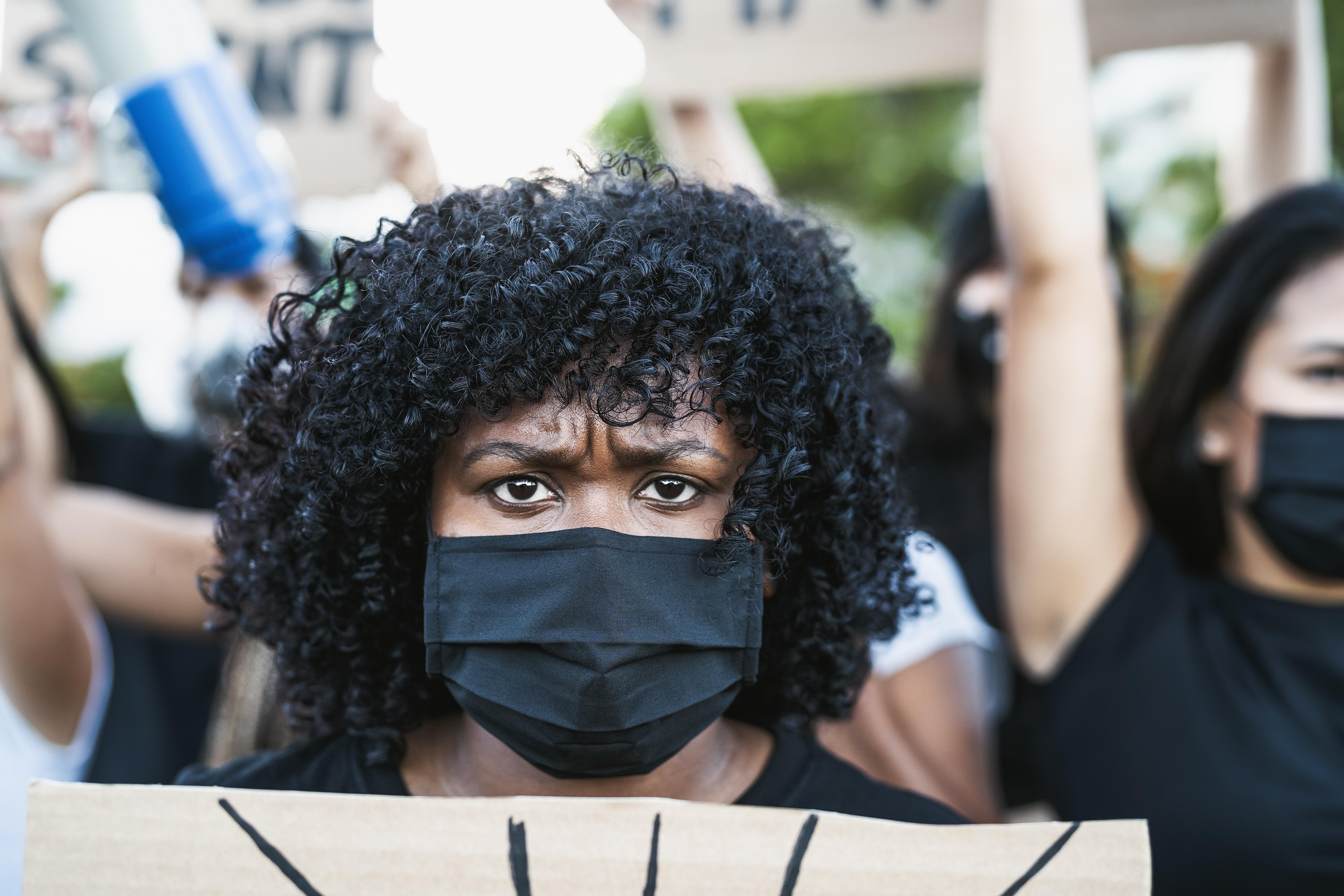
The negro health problem is one of the “white man's burdens,” and it is by no means the least of those burdens. […] It is undoubtedly true that the negro race has deteriorated physically and morally since slavery times. In some ways, he is perhaps more intelligent, but freedom has not benefited his health, nor improved his morals. There is more sickness and inefficiency and crime among them now than before the war.
– L.C. Allen (1914)
Nearly 100 years ago, researcher Dr. L.C. Allen spoke at the general sessions of the American Public Health Association meeting, explaining the reasons for poor health outcomes among Black Americans.
Fast forward to the COVID-19 pandemic, history has repeated itself. Like many other infectious diseases, the coronavirus has had disproportionate impacts on communities of color throughout the United States, with the Black population experiencing significantly higher exposure, illness and death rates compared to their White counterparts.
A root cause of these historical trends is structural racism, which has “permeated our medical, social and economic systems since before the US was a country,” a June 2021 publication said. The paper argues that scholars, practitioners and policymakers must focus on how structural racism drives these differing outcomes.
“Structural Racism and the COVID-19 Experience in the United States,” examines the racial/ethnic variations in exposure to COVID-19, risk mitigation behaviors, risk perceptions and COVID-19 impacts.

From May 15 to June 7, 2020, a research team—consisting of Kinesiology Assistant Professor Jennifer D. Roberts and members from the Risk & Social Policy Working Group— conducted a six-state online survey with 3,059 respondents to evaluate the factors mentioned above. The states included were Colorado, Iowa, Louisiana, Massachusetts, Michigan and Washington.
The survey found that Black and Hispanic individuals were more likely than White respondents to experience factors associated with structural racism. These factors include living in larger households, working in-person jobs and using public transportation, increasing the possibility of exposure to COVID-19.
Another finding was that non-White respondents were equally or more likely than White respondents to use protective measures against the virus, such as wearing masks and observing social distancing.
Although Black and Hispanic respondents followed safety protocols, they also perceived “higher risks of dying of the disease and of running out of money due to the pandemic,” the article said. The survey reported that 40 percent of Black respondents knew someone who had died of COVID-19 at a time when the nation’s death toll had just exceeded 100,000 people.
“Our Risk and Social Policy Group, an interdisciplinary group of public health, public policy, psychology, political science and communication academics from across the US, has been collecting, analyzing and publishing our National Science Foundation (NSF) funded research on COVID-19 risks and behaviors since the beginning of the pandemic,” Roberts explained.
“However, for this particular manuscript, we heeded the call of scholars like W.E.B. Du Bois, Ibram X. Kendi and others to examine and address the structural context for COVID-19 health disparities and the underlying racism that support these structures,” she added.
To manage the challenges of the current pandemic and prepare to address future health crises in an effective, equitable and anti-racist manner, the researchers conclude that it is “imperative to understand the structural factors perpetuating racial inequalities in the COVID-19 experience.”
Related Links